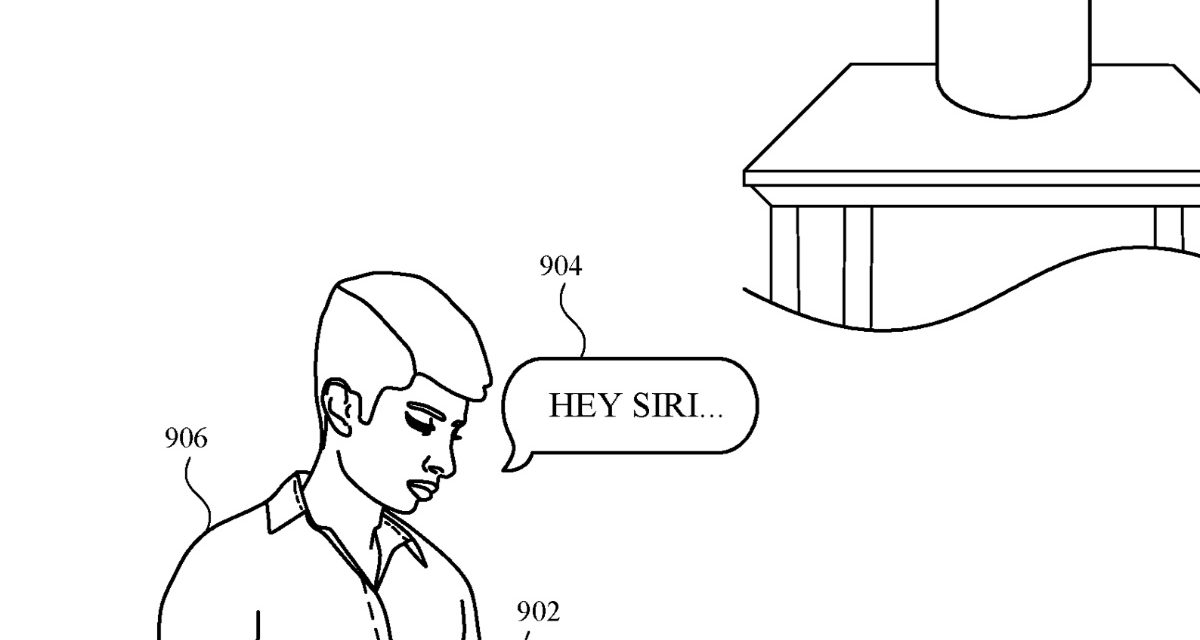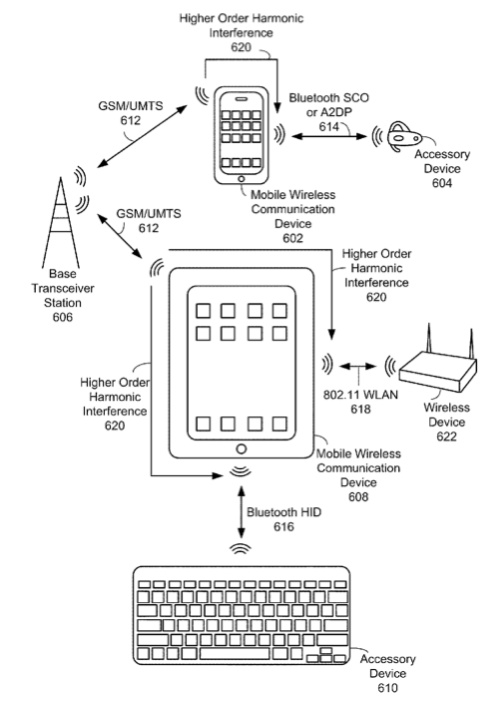You have multiple Apple devices in your home or office. You say, “Hey Siri,” and two or more of them respond. Has this happened to you? Probably. And Apple is looking into it.
In theory, the Mac, iPhone, iPad, HomePod mini, etc, closest to you should respond to “Hey, Siri.” Sometimes this works, sometimes it doesn’t. To this end Apple has filed for a patent (number 20220021978) for “multi-device audio adjustment coordination.”
About the patent filing
In the patent filing, Apple notes that intelligent automated assistants such as Siri can provide a beneficial interface between human users and electronic devices. Such assistants can allow users to interact with devices or systems using natural language in spoken and/or text forms. For example, a user can provide a speech input containing a user request to a digital assistant operating on an electronic device. Siri can interpret the user’s intent from the speech input and operationalize the user’s intent into tasks.
The tasks can then be performed by executing one or more services of the electronic device, and a relevant output responsive to the user request can be returned to the user. However, a location, such as a home or an office, may contain multiple electronic devices that are capable of outputting audio signals for digital assistant responses/interactions, music, video, timers, alarms, phone call alerts, text massage alerts, etc.
Apple wants Siri to work with its devices to coordinate the adjustment of audio signals being simultaneously output by several of them when “Hey, Siri” is invoked.
Summary of the patent filing
Here’s Apple’s abstract of the patent filing for those who want the technical details: “This relates to intelligent automated assistants and, more specifically, to the intelligent coordination of audio signal output adjustments among multiple electronic devices. An example method includes, generating a local audio intent object associated with a software application stored on a first electronic device, the local audio intent object including one or more local audio parameters; determining that a second electronic device that is outputting an audio signal is proximate to the first electronic device; generating a proximate audio intent object corresponding to the second electronic device based on the one or more local audio adjustment parameters and a round-trip time (RTT) of a communication connection between the first electronic device and the second electronic device; and transmitting the proximate audio intent object to the second electronic device via the communication connection, wherein the proximate audio intent object causes the second electronic device to adjust the output of the audio signal.”
Article provided with permission from AppleWorld.Today




